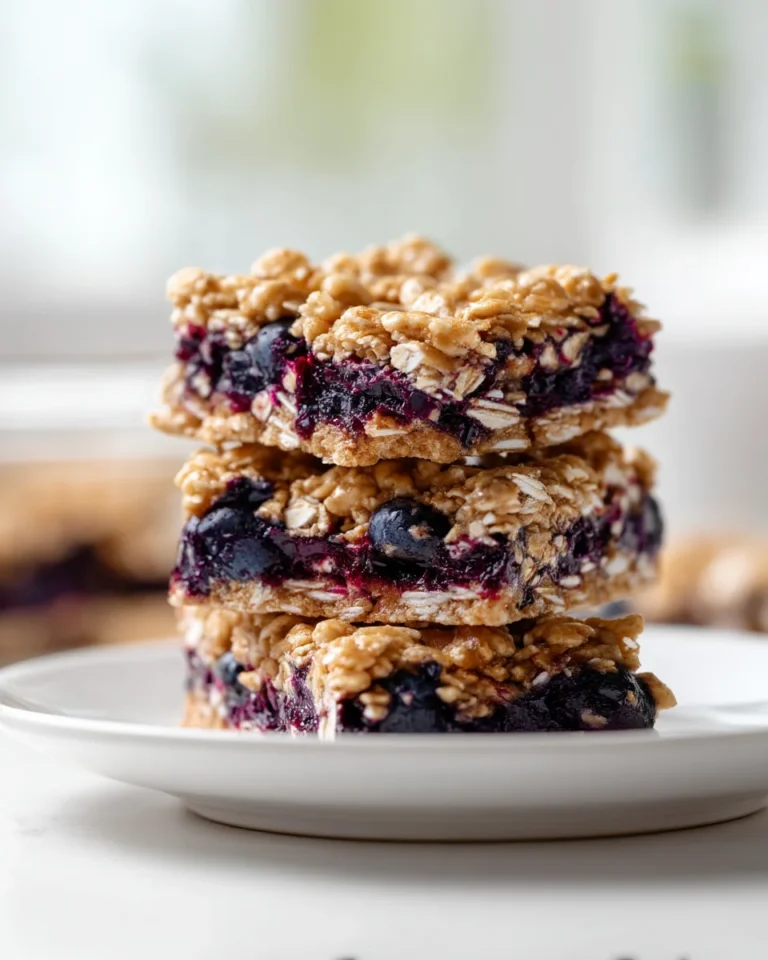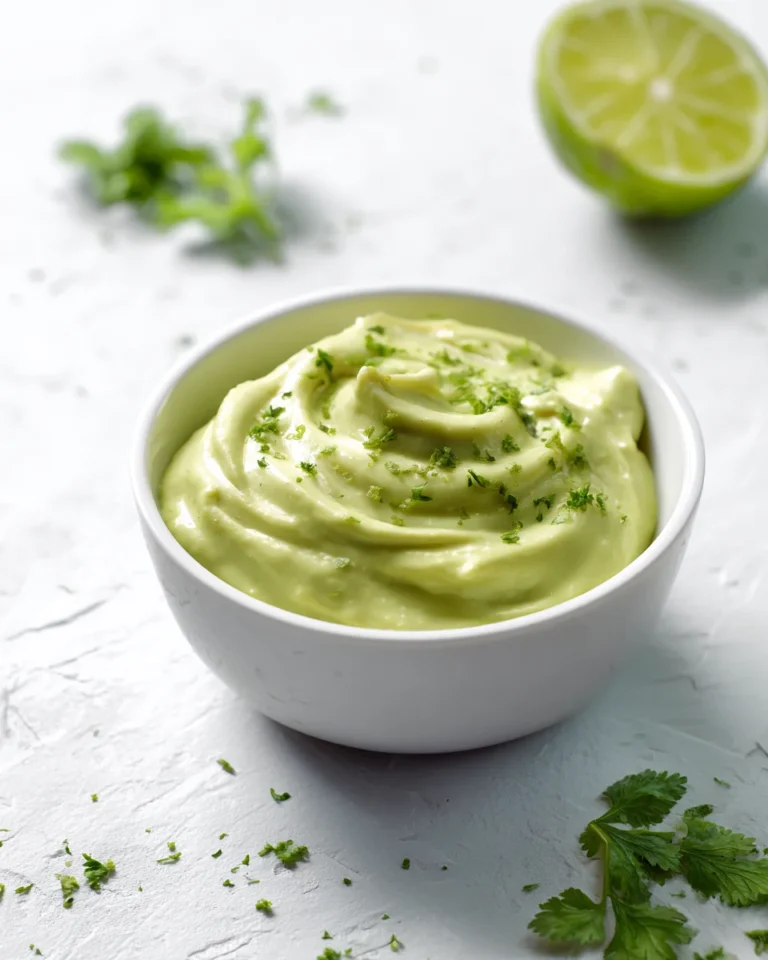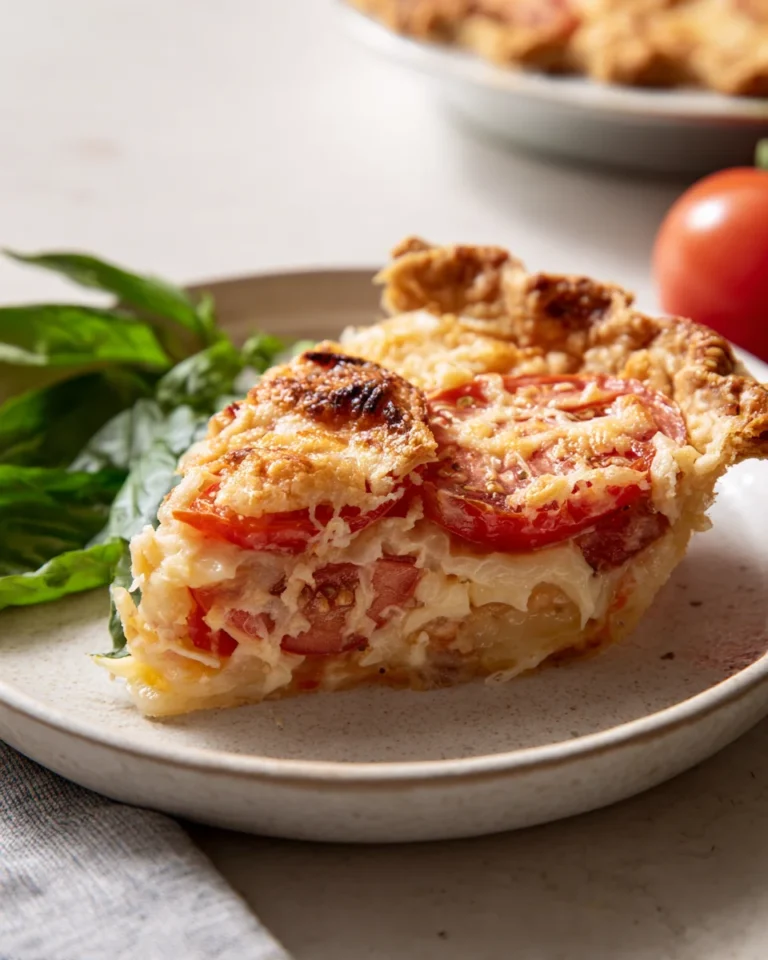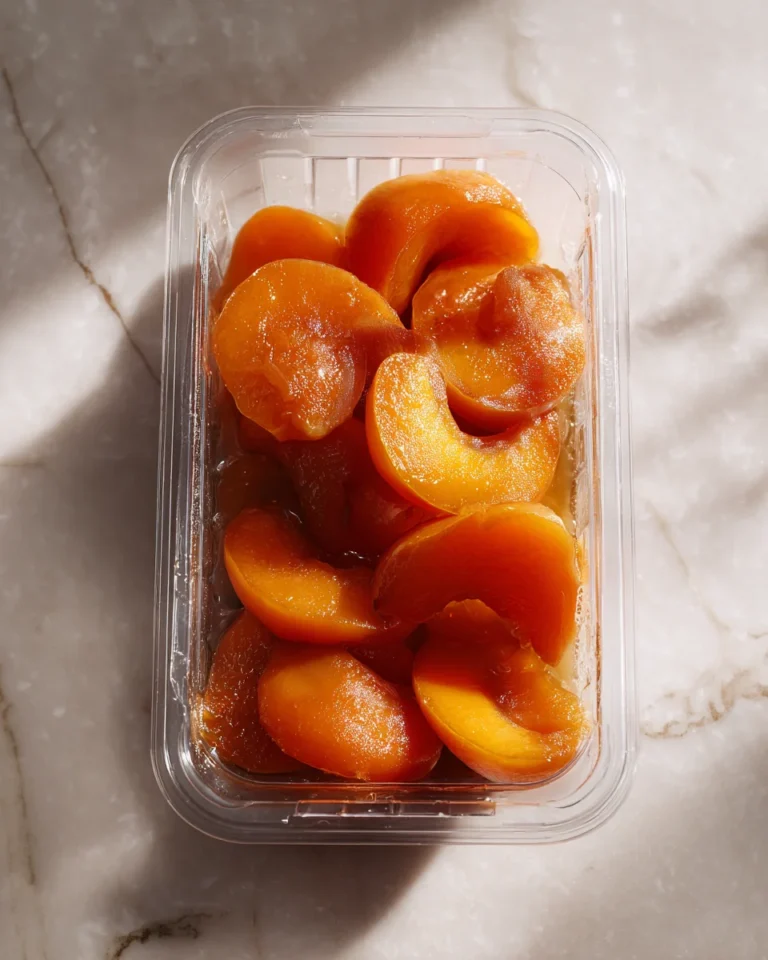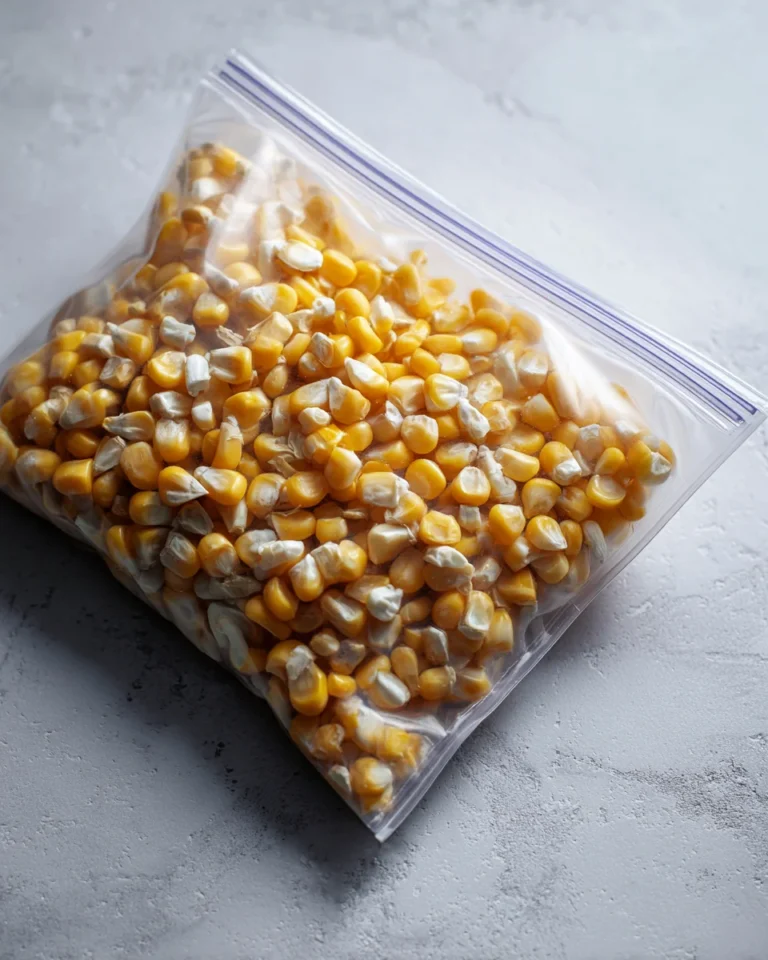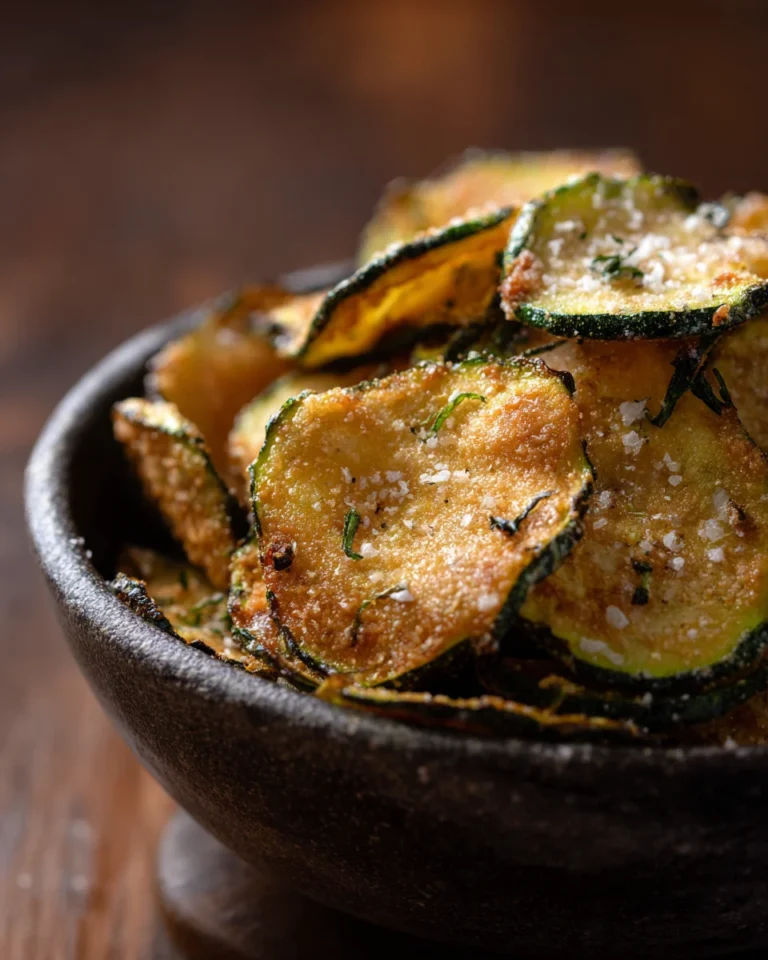Beginner’s Guide to Gluten-Free Flours
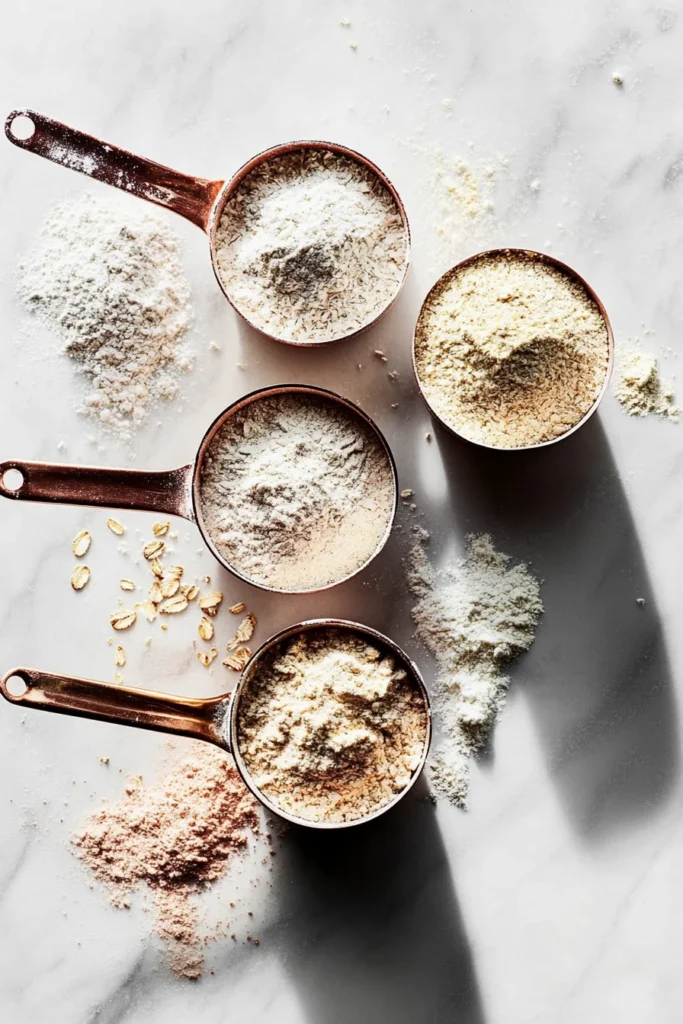
Welcome to your go-to resource for all things gluten-free baking! Whether you’re here because of a dietary restriction, or just exploring healthier alternatives, understanding gluten-free flours is the first step toward confident, delicious baking. This guide walks you through the basics, answers common questions, and introduces you to a variety of gluten-free flours—along with recipes you can try right now.
Gluten-Free Baking Basics
Gluten is the protein in wheat that provides structure and elasticity in baked goods. When baking without it, structure must be recreated using the right flour combinations, extra binding agents like eggs or xanthan gum, and mindful hydration.
Expect a learning curve: different flours behave in different ways. Some are starchy, others nutty, some dry, and others absorbent. The key? Mixing multiple types to create balance.
FAQs About Gluten-Free Flours
Can I use just one flour in a recipe? Rarely. Most gluten-free recipes call for a mix to balance taste and texture.
If you’re new to gluten-free baking, it helps to understand what gluten is and how it functions in traditional baked goods.
Is gluten-free baking healthier? It can be—especially if you use whole-grain flours like teff or sorghum—but not all gluten-free options are nutrient-dense.
Why do my gluten-free bakes turn out dry? You’re likely using too much absorbent flour (like coconut) without enough liquid or binders.
Almond Flour
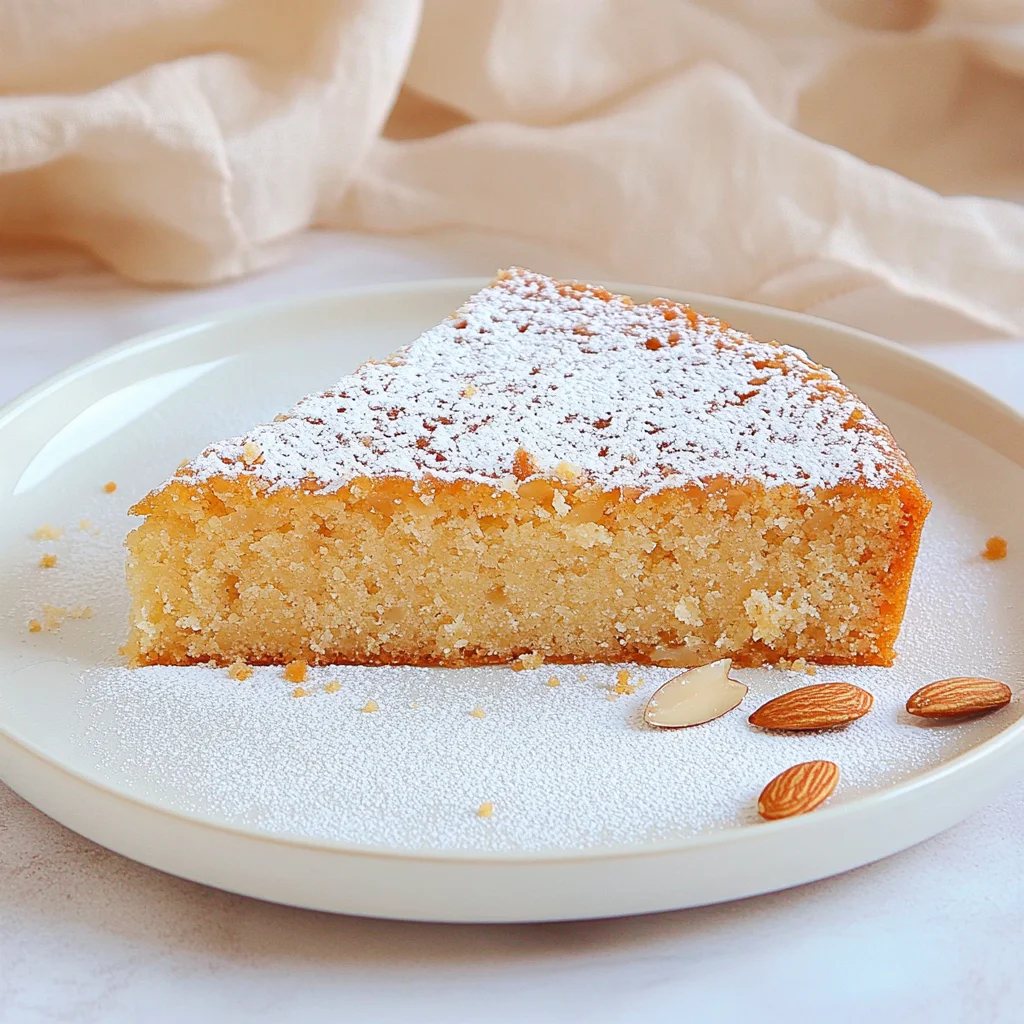
Almond flour is made by grinding blanched almonds into a fine powder. It’s one of the most popular gluten-free flours thanks to its sweet, nutty flavor and incredibly moist texture. Almond flour works beautifully in cakes, muffins, cookies, and quick breads. Its high fat content lends richness and tenderness to baked goods, but that also means it doesn’t absorb much moisture.
If you’re using almond flour in a recipe, it’s best to pair it with absorbent flours like coconut or starches like tapioca for structure. Almond flour also browns faster than other flours, so keep an eye on bake time.

Try it in these recipes:
Teff Flour
Teff is an ancient grain with a mild, nutty flavor and a deep brown hue (especially in whole-grain form). It’s packed with fiber, protein, iron, and calcium, making it one of the most nutritious gluten-free flours available. Traditionally used in Ethiopian injera, teff flour also shines in brownies, pancakes, and quick breads.
Its bold flavor pairs best with chocolate, molasses, or warming spices like cinnamon. Teff can be a bit dense, so combine it with lighter flours like oat or arrowroot to keep the texture tender.
Oat Flour
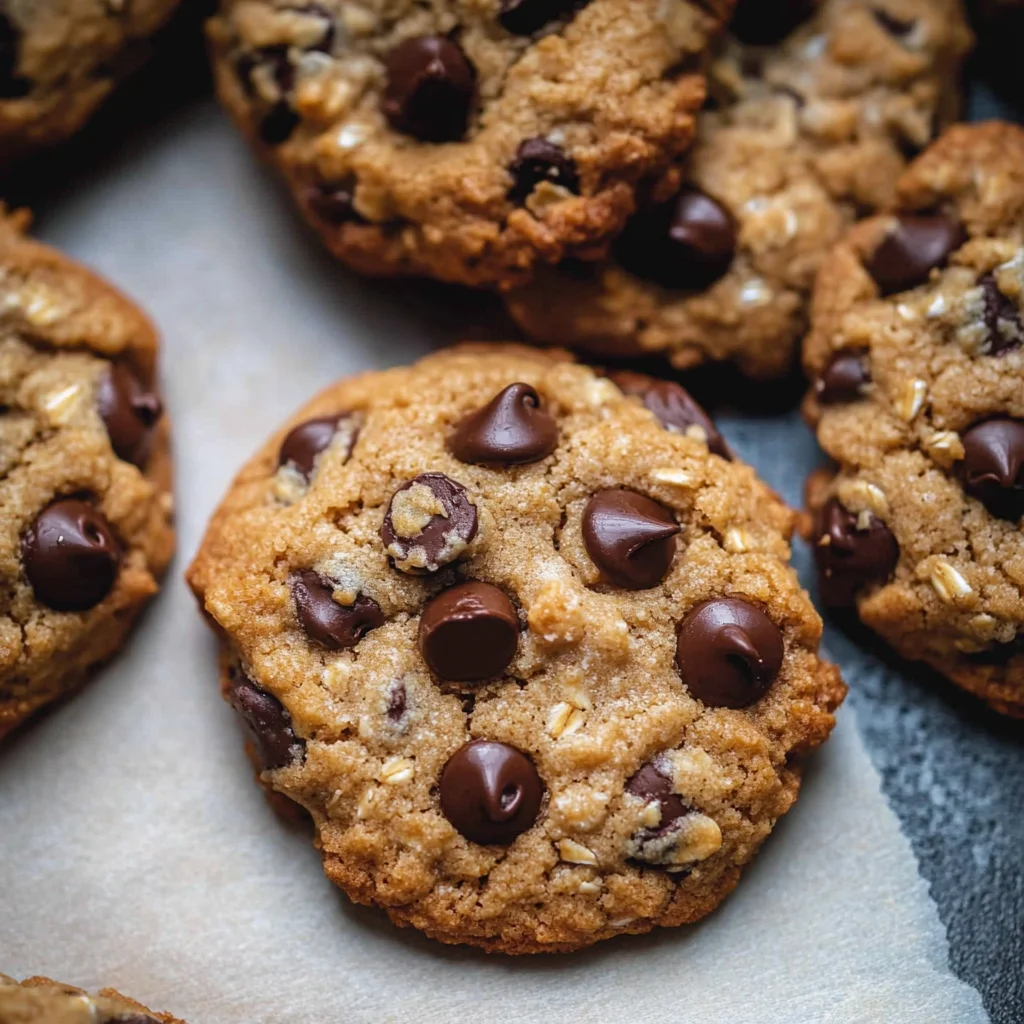
Oat flour is made by grinding rolled oats and has a soft, tender crumb. It lends a naturally sweet flavor and blends well with both starches and heavier whole grain flours. It’s perfect for adding structure and moisture to cookies, muffins, and pancakes.
Because oats can be cross-contaminated with gluten, make sure your oat flour is certified gluten-free. It’s one of the most beginner-friendly flours because it behaves closely to wheat in terms of moisture and binding.
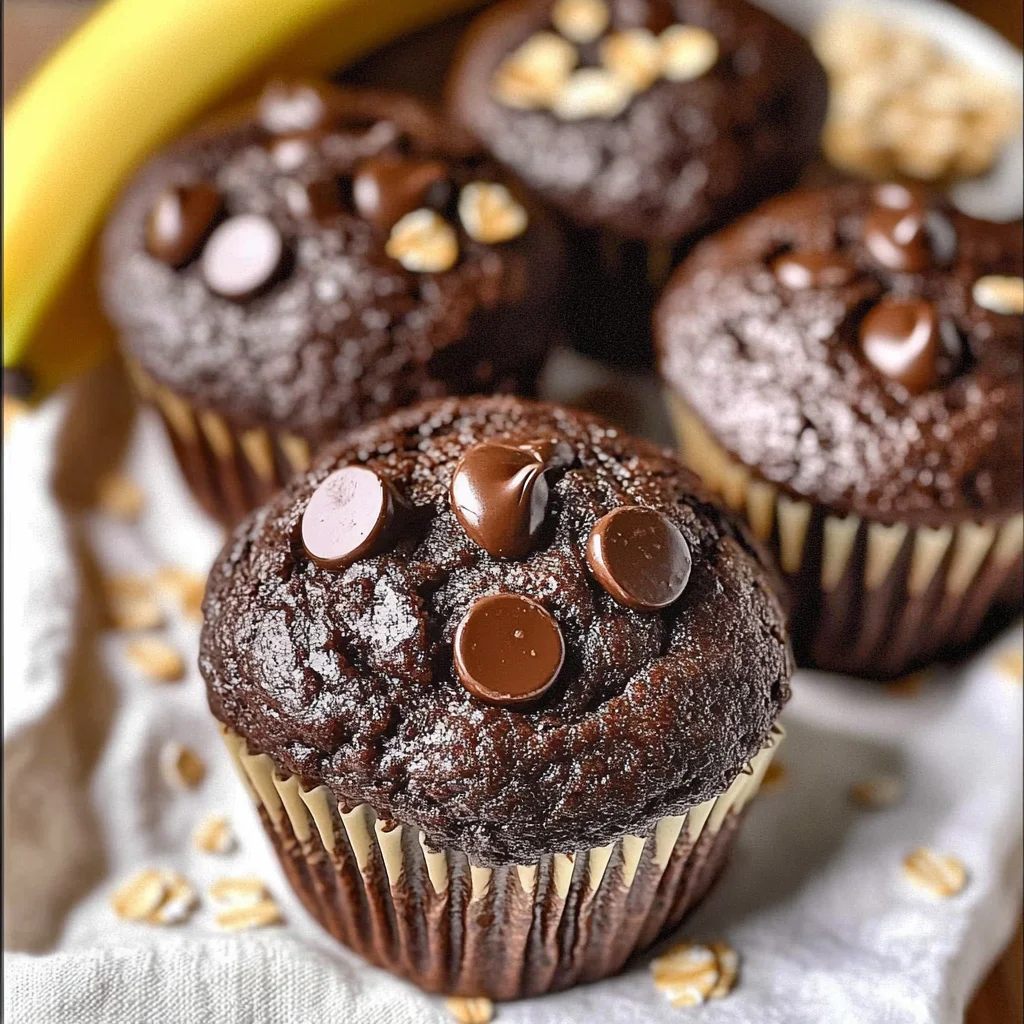
Use it in:
Sorghum Flour
Sorghum flour has a mild, slightly sweet flavor and is one of the most versatile whole grain flours for gluten-free baking. It’s high in antioxidants and fiber, and it works well in muffins, breads, and pancakes when balanced with starches.
Use sorghum to bring heartiness to your blends—it’s especially good in recipes that benefit from structure and softness. It’s not very absorbent on its own, so pair it with more binding or starchy flours like tapioca or sweet rice.
Tapioca Flour
Tapioca flour (also known as tapioca starch) is extracted from cassava root, but unlike cassava flour, it contains only the pure starch. It’s light, fluffy, and perfect for adding elasticity and a chewy texture to baked goods. It also gives baked goods that irresistible golden crust.
Because it’s flavorless and ultra-fine, it pairs well with just about any gluten-free flour. It’s especially useful in gluten-free breads and pizza crusts to help mimic the stretch and chew of gluten.
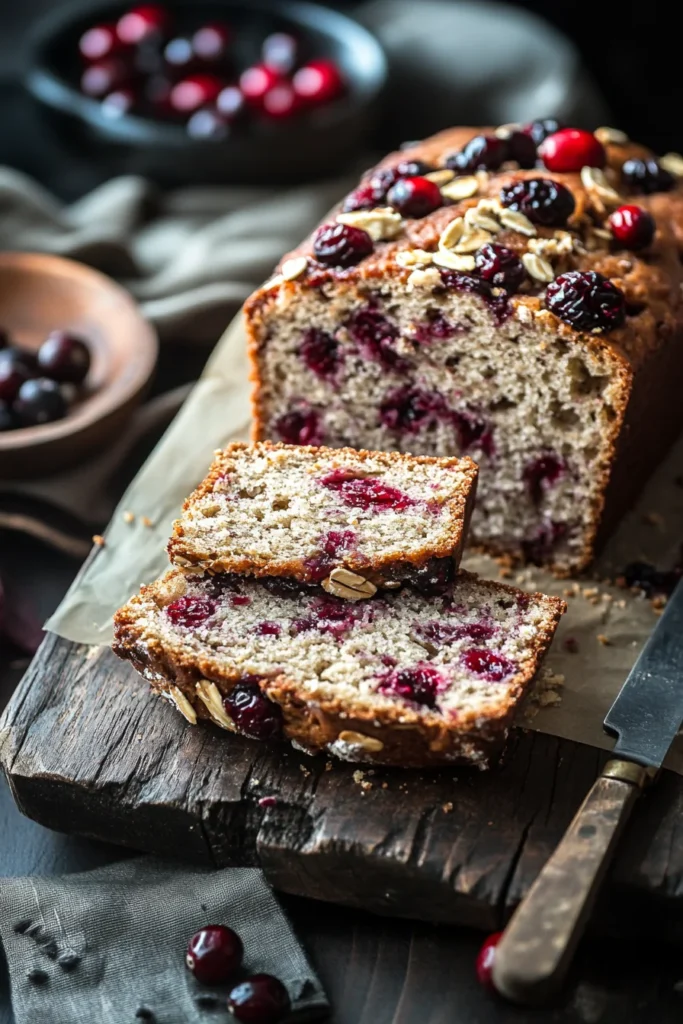
Corn Flour
Corn flour is a finely ground flour made from whole corn kernels. It has a naturally sweet flavor and soft texture, which makes it a wonderful addition to baked goods like pancakes, muffins, waffles, and cornbread. Unlike cornmeal (which is gritty), corn flour is smooth and blends well into batter-based recipes.
Corn flour performs best when paired with other flours that provide structure, like oat or sorghum. It adds moisture, tenderness, and golden color to baked goods. Just be sure not to confuse it with masa harina, which is treated with lime and has a very different use.
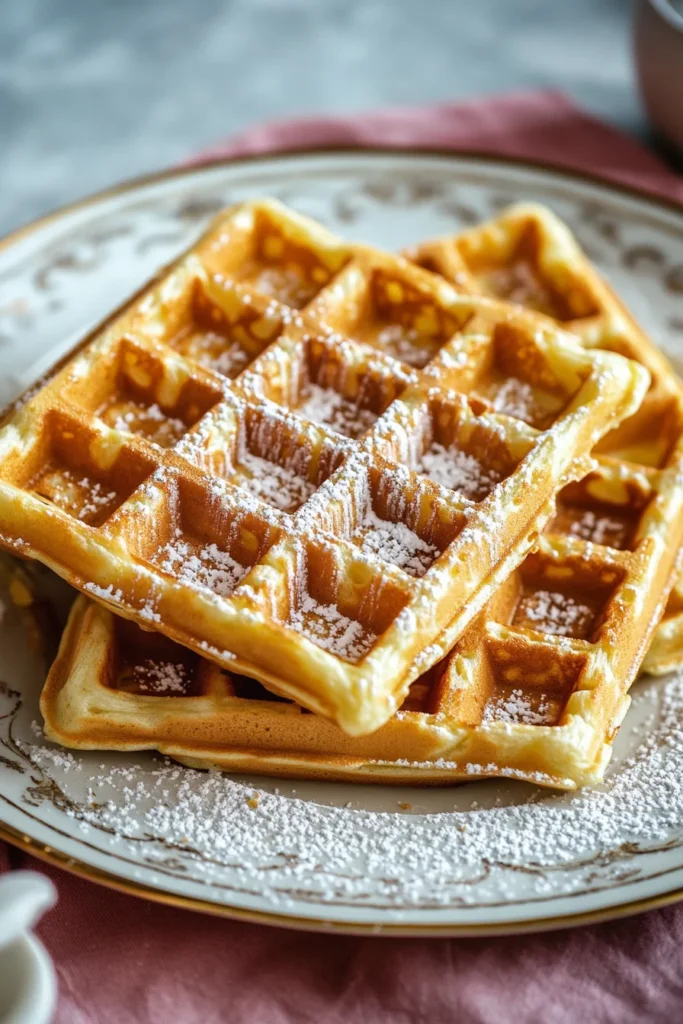
Cassava Flour
Cassava flour is made from the whole root of the cassava plant, not just the starch (which is tapioca). It has a neutral flavor and a fine texture that mimics wheat flour surprisingly well. It’s especially popular in grain-free and paleo baking because it behaves more predictably than other gluten-free options.
One of its standout traits is its flexibility—you can often use it as a 1:1 substitute in recipes like tortillas, flatbreads, and cookies. However, it does have a drying tendency when overused, so blending it with a fat-rich flour like almond or an extra egg can help balance results.
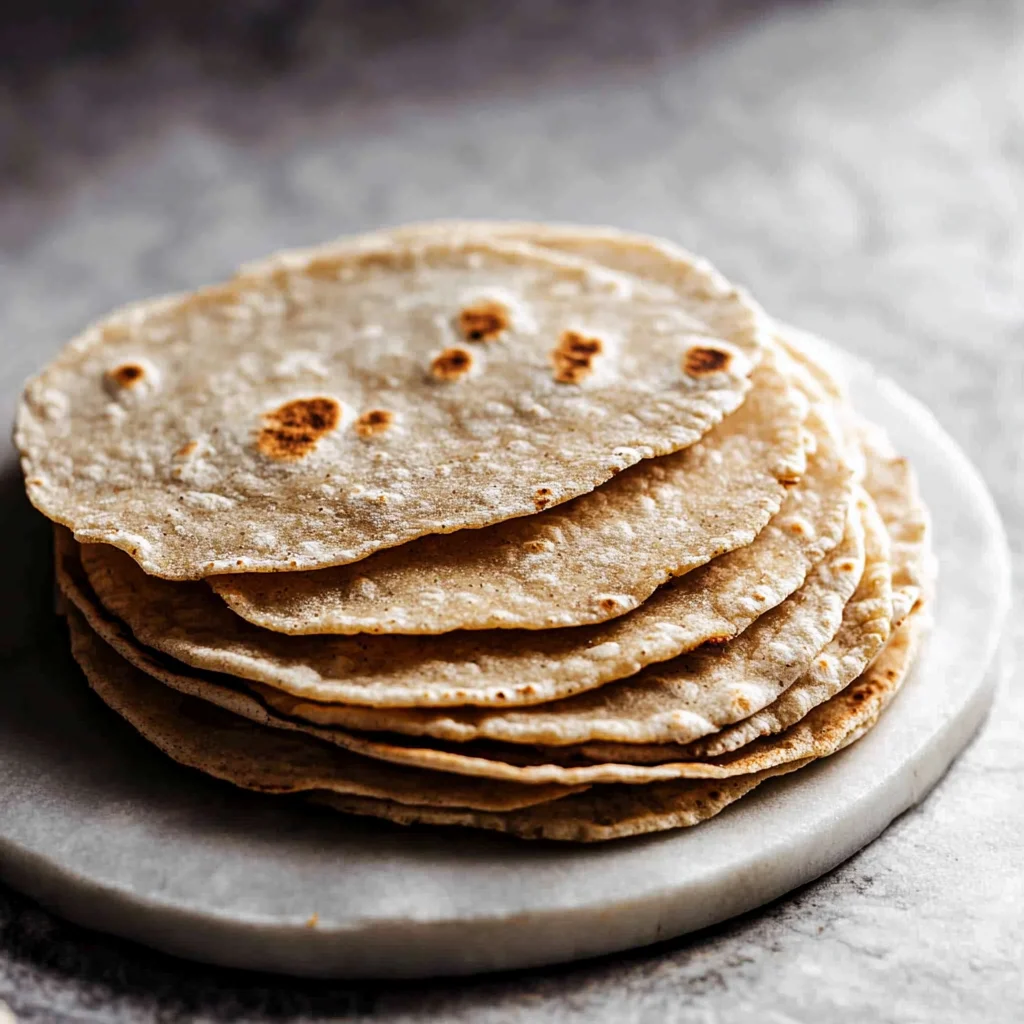
👉 Try our Cassava Flour Tortillas for a delicious, gluten-free flatbread option.
Buckwheat Flour
Despite the name, buckwheat is naturally gluten-free and isn’t related to wheat at all. It’s technically a seed and has a robust, earthy flavor that pairs beautifully with chocolate, molasses, or spices like cinnamon. Buckwheat flour is packed with fiber, magnesium, and antioxidants, making it a nutrient-rich option for gluten-free baking.
It can be a bit bold in flavor, so it’s often best blended with lighter flours like oat or rice for balance. It works particularly well in pancakes, muffins, and crepes. If you’re after a wholesome, hearty texture, buckwheat is your friend.

Many gluten-free flours offer unique nutrients and textures. This guide from Healthline provides a helpful breakdown of each flour’s nutrition benefits.
Sweet Rice Flour
Sweet rice flour (also called mochiko) is sticky and starchy—it’s not sweet, but it behaves like a “gluten substitute” in many recipes due to its chewy texture. It’s commonly used in Asian desserts and is essential for mochi. But in baking, it shines in pie crusts and chewy cookies.
Its unique texture makes it ideal for binding. You’ll often see it paired with sorghum or oat flour to mimic the elasticity of wheat. A little goes a long way!
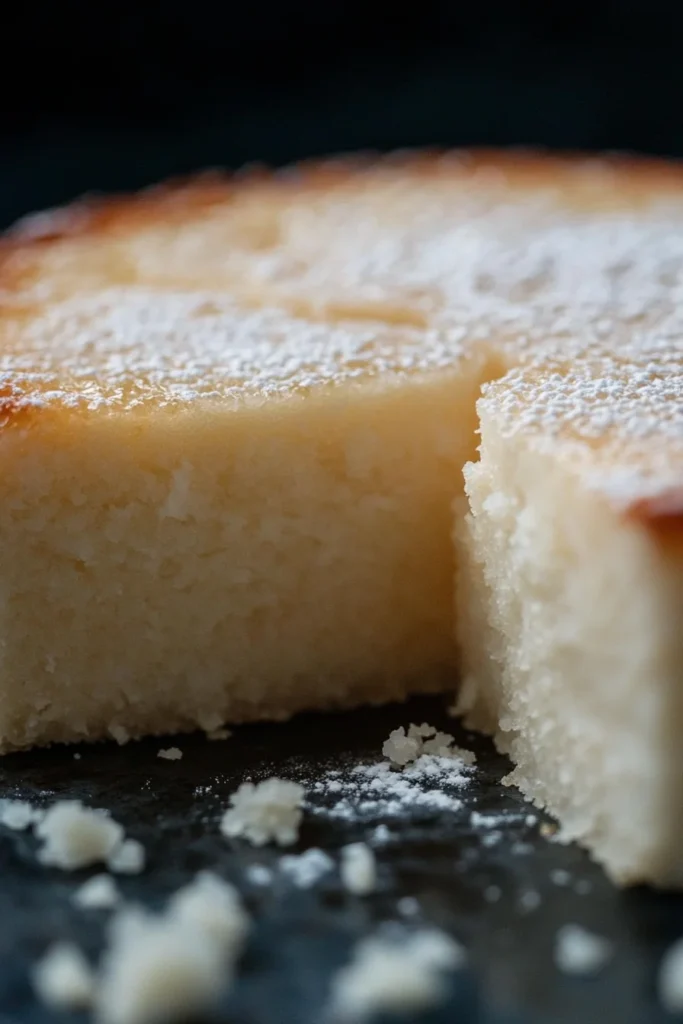
Coconut Flour
Coconut flour is made from dried coconut meat and is incredibly absorbent. A little goes a long way—this flour soaks up liquid like a sponge and requires plenty of eggs or binding agents. Its high fiber content makes it ideal for low-carb and paleo baking.
Coconut flour can yield a dry or crumbly texture if not used correctly, so it’s often combined with other flours or used in recipes specifically designed for its absorbency.
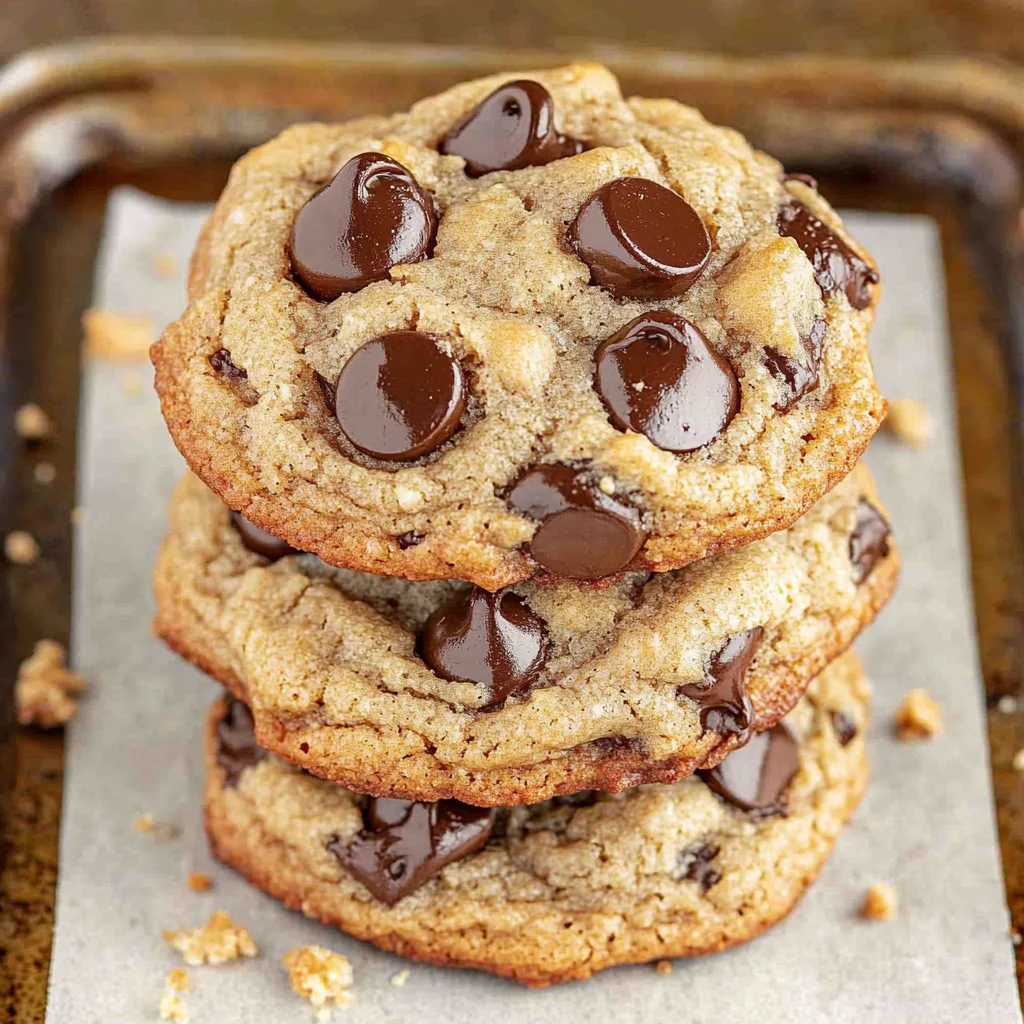
Try it in:
White and Brown Rice Flour
Rice flour is a workhorse in gluten-free baking. Brown rice flour has a slightly nutty, earthy flavor and retains more nutrients, while white rice flour is neutral and soft. Both are commonly used as base flours in blends.
Brown rice flour can be gritty if not finely ground, so always opt for superfine versions. On their own, these flours can yield dry textures, so they’re usually blended with starches or nut flours for best results.
Flours to Avoid
While exploring gluten-free options, it’s easy to assume that anything labeled “flour” is fair game. Unfortunately, that’s not always the case. Some flours are technically gluten-free but not suitable for baking due to taste, texture, or functionality.
Bean flours (like garbanzo, fava, or lentil) are notoriously bitter and carry a strong aftertaste. While they’re high in protein, they can overpower your baked goods and often cause digestive upset for some.
Soy flour, though rich in protein, has a dense texture and beany flavor that’s hard to mask, especially in sweets.
Buckwheat flour, despite the name, is gluten-free—but its earthy taste can be polarizing. It works well in crepes and savory recipes but can take over desserts if not balanced carefully.
Note: Always avoid any flour that isn’t labeled certified gluten-free, as cross-contamination is common in milling facilities.
Creating a Gluten-Free Flour Blend
There’s no “one size fits all” blend in gluten-free baking, but mixing a few key flour types will yield much better results than using one alone. The ideal formula often combines:
- 1 part whole grain flour (oat, sorghum, millet)
- 1 part nut or seed flour (almond, coconut)
- 1 part starch (tapioca, arrowroot, sweet rice)
This combo gives you flavor, nutrition, and structure all at once. You can also tailor your blend depending on what you’re baking—more starch for chewy cookies, more whole grains for hearty muffins, or more almond flour for richness.
Start small and test—it may take a few rounds, but it’s worth it.
📝 Tip: Mix a large batch and store it in an airtight jar for quick baking later!
Gluten-Free Baking Tips
Baking without gluten can feel intimidating, but a few key strategies will set you up for success:
- Measure by weight, not volume – Gluten-free flours vary greatly in density. A kitchen scale ensures accuracy.
- Use binders – Eggs, flaxseed meal, psyllium husk, or xanthan gum help replicate the structure that gluten provides.
- Rest your batters – Letting your dough or batter sit for 20–30 minutes can hydrate the flours and prevent gritty textures.
- Watch your liquids – Absorbent flours like coconut and rice need more liquid. Start small and add slowly.
And remember: not every recipe will turn out perfect the first time. Give yourself room to experiment!
Troubleshooting Gluten-Free Recipes
Even seasoned bakers run into issues when baking without gluten. Here’s how to troubleshoot the most common ones:
Dry, crumbly texture?
→ You likely used too much absorbent flour (like coconut or rice) or didn’t include enough liquid or binder.
Gummy or dense center?
→ This often means your flour blend is too starchy or you overmixed the batter. Try adding a bit more whole grain flour or reducing the liquid slightly.
Overly bitter or beany flavor?
→ Check if you’re using bean-based flours. Swap for something milder like oat or almond.
Bakes not rising well?
→ Add a bit of baking powder or soda, and make sure your eggs or leavening agents are fresh. Also check oven temperature calibration.
🍰 Ready to Start Baking?
Now that you’re armed with the essentials of gluten-free flours, why not start experimenting? Head over to one of our most loved beginner-friendly bakes using almond, oat, or coconut flour—or explore the full collection on Recipes by Abbie.
📌 Pin this guide for later and follow us on Pinterest for weekly gluten-free inspiration!

